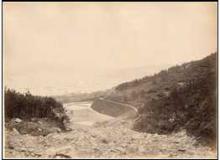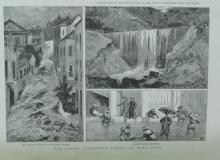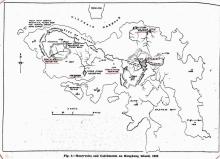Current condition
In use
Date completed
Date closed / demolished
..
The filter beds have been temporarily covered since 1954. The surface is now being used as a Public Playground, and the lower 3 courts of the LRC.



Comments
"Slow sand" filtering
I asked about the piles of sand next to the filter beds in the recent photo. Thanks to Marlowe for his reply:
The sand is the filter medium: According to the China Mail 31/7/1947, the filter beds used a "slow sand" method of filtering, developed by James Simpson in 1829, where the sand traps the impurities
Armed with that and Google, I found a WHO publication from 1974 that describes the slow sand water filters in detail.
I'd always assumed that the sand acts as a mechanical filter, but the WHO document says that's a common mistake, and it actually does a lot more. The top of the sand gets covered in a sticky layer. It's an active biological layer, digesting bacteria and other micro-organisms, and is what actually makes the filtered water safe to drink. The next 40cm of sand is host to further 'good' bacteria that gobble up anything missed by the top layer.
They describe how a brand-new filter bed only handles the mechanical filtering, but that filtered water coming out of it initially fails purity tests. The technical term is that the bed needs to "ripen", so it has to be left for several weeks until that biological layer has been established.
There is physical filtering too, and over time the bed gets clogged up, reducing the rate it produces clean water. At that time the top layer of sand is scraped off and either cleaned or discarded. Repeated scrapings lower the sand level until it reaches a low limit. Then the bed must be topped up again with clean sand - and that's likely what we saw at the edge of the filter beds.
Regards, David